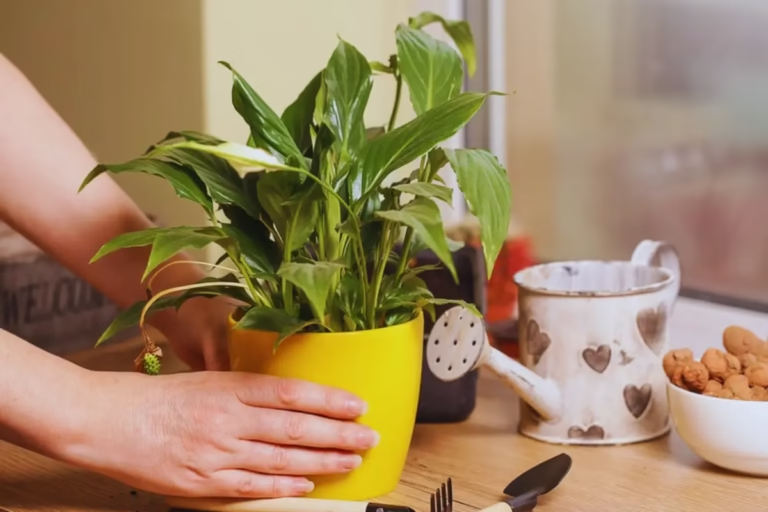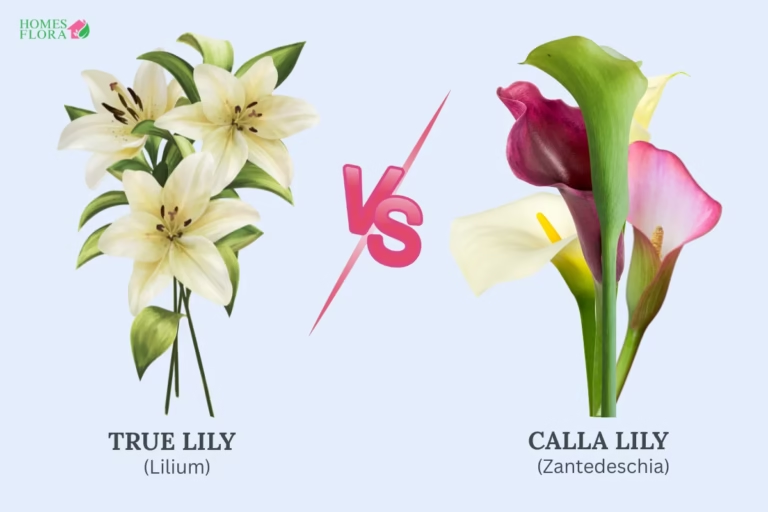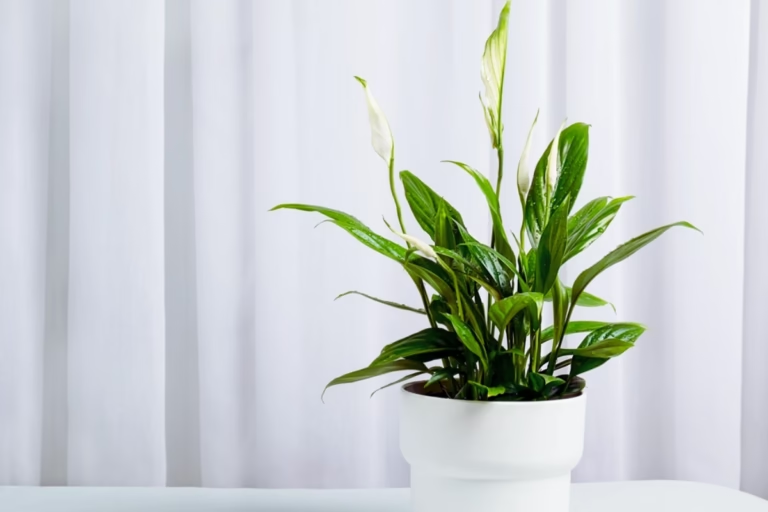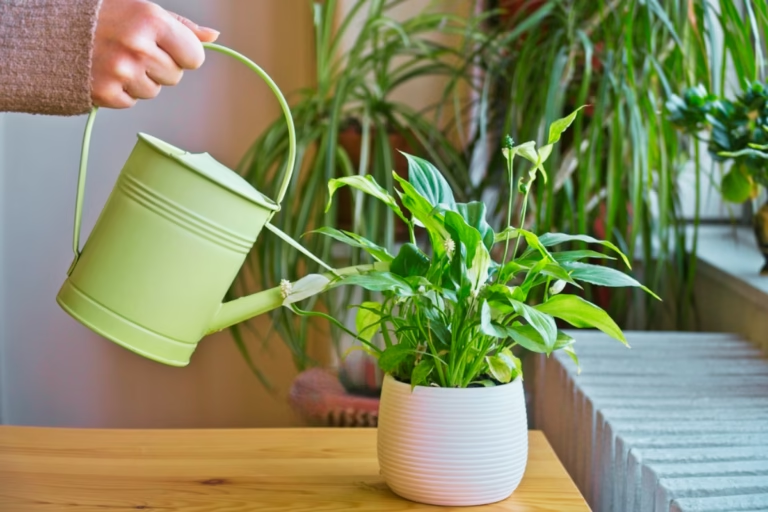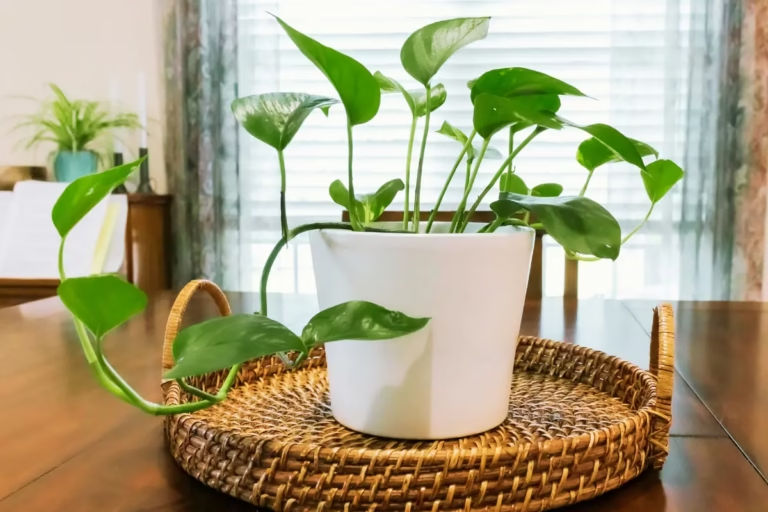Types of Rubber Plants | Ficus Elastica Varieties
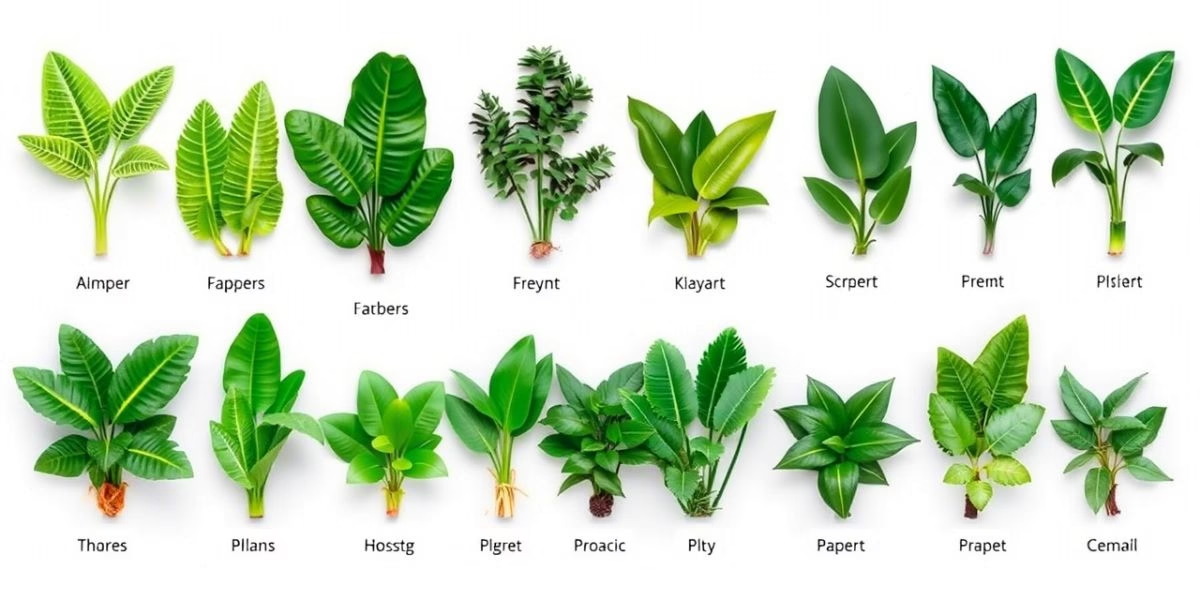
There are different types of rubber plants, which are all varieties of Ficus elastica. Each type has its unique leaf color, shape, and size. These indoor rubber plants are popular for home decoration.
Want a bold plant that’s easy to care for? Rubber tree plants are great for any room. Some rubber plants have variegated leaves, while others have shiny, waxy ones.
There are many rubber plants varieties, like Tineke, Ruby, and Burgundy. Some grow tall indoor plants, others stay small. Most love bright indirect light and need little care.
What are Rubber Plants?
Rubber plants are part of the Ficus elastica cultivars family, a group of evergreen tropical plants native to Southeast Asia. Known for their thick, waxy leaves, they can grow into tall indoor plants when properly cared for. These plants are technically a part of the fig family (Moraceae) and were once used for latex production—hence the name “rubber.”
In indoor environments, they are admired for their upright structure and stunning foliage. Many of them feature decorative foliage that looks polished and glossy, while others boast variegated leaves in shades of cream, pink, red, or yellow.
Since they do well in bright indirect light and need minimal attention, indoor rubber plants have become household staples. However, it’s important to know that these are toxic plants for pets, so if you have cats or dogs at home, keep them out of reach.
Types of Rubber Plants
There are many types of rubber trees, each with its unique look. Some have dark, rich leaves, while others show off bright colors and patterns. These eye-catching plants not only help clean the air but also add style to any room. From deep reds to pale creams, the diversity among these indoor tree plants is both impressive and practical for plant lovers in the USA.
Ficus Elastica (Indian Rubber Plant)
This is the most traditional of all rubber tree plant types. With glossy, dark green, waxy leaves, the Ficus elastica is both dramatic and elegant. It grows straight up and is known for its strong stem and thick, full leaves.
As a houseplant, it can easily reach 6 to 10 feet indoors and prefers bright indirect light. It’s incredibly popular because it’s tough and adaptable, making it one of the most reliable low-maintenance houseplants for beginners.
Robusta (Ficus elastica ‘Robusta’)
This variety has even broader and thicker leaves than the original Indian rubber plant. The Robusta is known for its robust nature and glossy, deep green leaves. Because of its hardy structure, it can tolerate low humidity and occasional neglect, making it one of the most resilient indoor rubber plants. This plant looks great in living rooms or office corners and can grow up to 8 feet if allowed.
Ficus Robusta (Rubber Fig)
Often confused with the Robusta, the Ficus Robusta (Rubber Fig) is a popular and classic choice for many homeowners. Its symmetrical foliage and rich green tone give any space a clean, grounded feeling. The rubber plant care tips for this type are straightforward: keep the soil lightly moist, give it bright indirect light, and wipe its leaves occasionally to keep that shine.
Ficus Robusta ‘Variegata’ (Variegated Rubber Plant)
This is a special variant of Robusta with beautifully marbled variegated leaves. The creamy white edges blend with soft green centers, making it stand out in any plant collection. To preserve its pattern, place it near a bright window where it gets plenty of filtered light. It’s one of the most eye-catching Ficus elastica cultivars for those who love detail and contrast.
Tricolor (Ficus elastica ‘Tricolor’)
Among all rubber tree varieties, Tricolor might be the most stunning. The leaves come in a blend of pink, green, and cream—a perfect choice for those who love colorful houseplants. New leaves often appear red and slowly mature into their final palette. This plant needs steady warmth, high humidity, and bright indirect light to maintain its bold look.
Ficus Ruby (Ruby Rubber Plant)
The Ficus Ruby is just as colorful as its name suggests. With pink tones combined with green and white streaks, it’s a lively option for those wanting a burst of color indoors. This indoor tree plant is a little sensitive to overwatering, so be sure to let the soil dry between waterings. A warm, humid space with lots of light will help it flourish.
Related: Types of Peace lily
Ficus elastica ‘Ruby’
Though it shares the name, this version of Ficus elastica ‘Ruby’ might differ slightly in shade or growing habits depending on the nursery. It still carries the same bold color mix and benefits from the same rubber plant care tips. It’s often placed in well-lit kitchens or sunrooms where its vibrant tones can shine.
Tineke (Ficus elastica ‘Tineke’)
This is one of the more modern Ficus elastica cultivars and has quickly become a favorite in homes across the USA. The Ficus Tineke has light green leaves bordered with creamy yellow, giving it a soft and elegant look.
This striking contrast is only maintained under strong, indirect light. It’s perfect for rooms with white walls or minimal decor, as it adds a natural pop without overpowering the space.
Ficus Tineke (Variegated Rubber Plant)
Another reference to the Tineke, this highlights its stunning variegated leaves again. The more light it gets, the brighter and bolder the patterns become. It’s especially popular among design lovers and frequently featured in home decor magazines for its look.
Decora (Ficus elastica ‘Decora’)
The Ficus Decora is known for its thick, dark green leaves that can grow larger than those of other houseplants. It’s a striking and bold plant that easily stands out and grabs attention. Due to its sturdy structure and minimal shedding, it’s great for indoor use and doesn’t require too much cleanup.
Ficus Decora (Decora Rubber Plant)
This name emphasizes the widespread recognition of the Decora in plant shops and online listings. It’s one of the most purchased rubber tree plants and is highly adaptable to a range of indoor conditions, especially in U.S. homes.
Doescheri (Ficus elastica ‘Doescheri’)
The Doescheri is admired for its special leaves that look like camouflage. Its splotchy, patterned, variegated leaves include touches of gray, cream, green, and pink, with pinkish stems. It’s a more delicate cultivar and can be tricky to find. Place it somewhere safe and warm with steady humidity.
Yellow Gem (Ficus elastica ‘Yellow Gem’)
This rare variety is a gem indeed. With yellow-green waxy leaves, it adds a warm tone to any space. It’s often paired with other colorful houseplants to create a vivid indoor jungle. The Yellow Gem does best when placed in a well-lit spot and watered consistently.
Burgundy (Ficus elastica ‘Burgundy’)
Sometimes called the “Black Prince,” this variety has almost black decorative foliage. The deep, rich tones make it ideal for modern homes or office environments. It thrives in low-light conditions better than many others, making it suitable for darker corners.
Ficus Burgundy (Burgundy Rubber Plant)
Again, this name variation shows up in U.S. garden centers. The Ficus Burgundy offers the same moody elegance and needs only basic Ficus elastica care to thrive.
Abidjan (Ficus elastica ‘Abdijan’)
Closely related to the Burgundy, the Abidjan features slightly more glossy leaves with hints of red. It’s durable, bold, and stands out in any room. Let it grow naturally or shape it through pruning, depending on your space.
Melany (Ficus elastica ‘Melany’)
This compact version grows in a bushier form, perfect for smaller rooms or shelves. With bronze-tinted waxy leaves, the Melany has a unique texture and sheen. It’s loved for its tidy shape and needs only basic attention.
Ficus Melanie (Melanie Rubber Plant)
This refers to the same cultivar as above, but is often listed under a different name in shops. It’s suitable for apartments, bedrooms, and desks.
Red Ruby (Ficus elastica ‘Red Ruby’)
This plant lives up to its name with shades of red, purple, white, and pink spread across its leaves. It makes an eye-catching centerpiece and is often displayed in minimalistic homes for maximum contrast. Be sure to rotate it regularly to keep its growth balanced.
Ficus elastica ‘Sophia’
Sophia is a smaller type of Ficus elastica with bright lime and green leaves. It dislikes being moved and needs a stable location. Keep the soil slightly dry and avoid overwatering.
Ficus elastica ‘Triangularis’
This rare variety has triangular leaves with soft cream borders. It can grow very tall when given the right care and is loved by plant collectors.
Triangularis Rubber Plant
This name shows up frequently on plant store labels. The plant is the same as above, loved for its distinctive leaf shape.
Ficus Nitida (Indian Laurel Fig)
Although not technically a rubber tree plant, it’s still worth mentioning. The Ficus Nitida has small, dense leaves and is a great alternative for anyone wanting a tough indoor tree plant. It’s also used outdoors as a hedge in warmer U.S. states.
Famous Rubber Plant Varieties
Here’s a quick summary:
Variety | Leaf Color | Size | Highlights |
|---|---|---|---|
Robusta | Deep green | 8 ft | Hardy and bold |
Tineke | Green, cream, pale yellow | 13 ft | Variegated and vibrant |
Ruby | Pink, cream, red, green | 6–10 ft | Very colorful houseplant |
Burgundy | Dark green, almost black | 6 ft | Elegant and modern |
Yellow Gem | Golden-green, yellow | 6 ft | Bright indoor tree |
Similar Plants for Interior Design Concept
If you love rubber tree varieties, you might also enjoy Fiddle Leaf Fig (Ficus lyrata), Ficus Audrey (Ficus benghalensis), or the Weeping Fig (Ficus benjamina). These houseplants have also taken over home decor trends and can be used to complement your rubber plant collection.
Final Thoughts
Rubber tree plants offer an incredible mix of beauty, ease, and style. From the striking Tricolor to the dramatic Burgundy, there’s something for every taste. Just remember that while they’re amazing, they are toxic plants for pets, so always place them with caution. These low-maintenance houseplants thrive best with the right mix of light, water, and love. Add one (or more) of these indoor rubber plants to your home, and you’ll see how much life they bring into your space.

